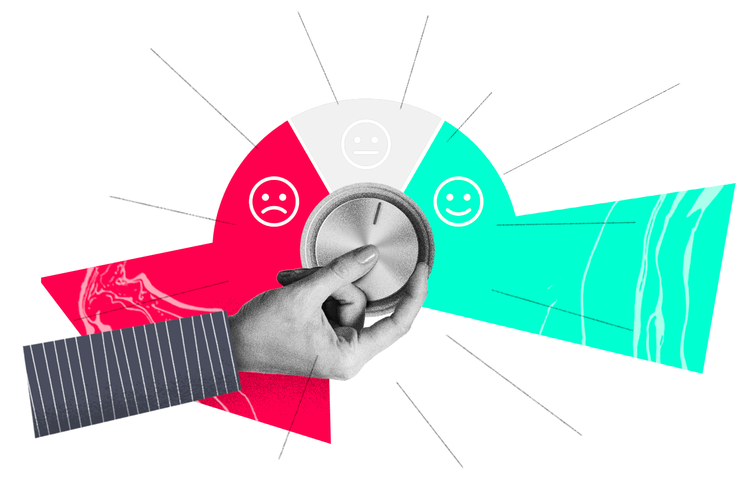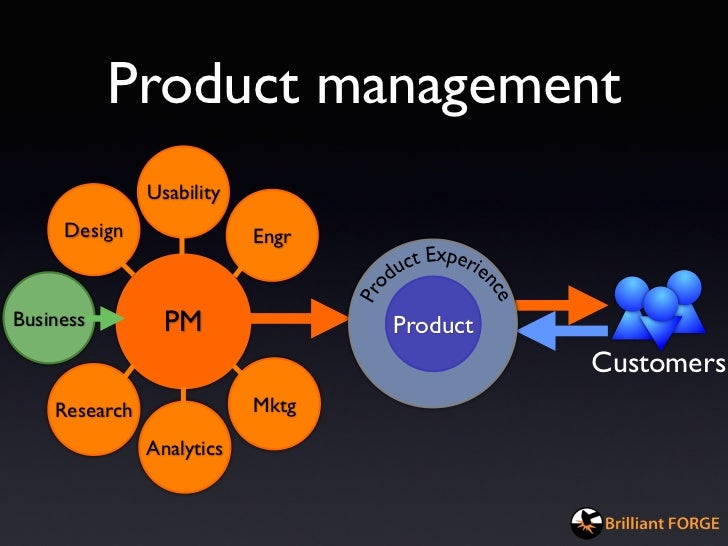
What is the difference between customer experience (CX) and product experience? The former is the result of every interaction a customer has with your business whereas, the latter is the overall value of the product and/or service provided to customers. Although the product experience is a factor of customer experience, it is mainly achieved through product design and service/product quality control. In both cases, the customer experience and the product experience require a customer-centric mindset and culture within the organization.
The most important elements of the product experience include:
- Sensory Design/Shape & Form
- Practicality/Usability
- Ease of Use
- Personalization & Customization (products & services)
- Performance Element
- Convenience (products and services)
- Reliable (products and services)
- Favorable Terms & Conditions (service)
- Safe to Use/Environmentally Friendly
- Identity/Social Status & Lifestyle (products and services)
- Timely (service)
- Easy to Do Business (products and services)
Customers’ holistic perception of their experience
Products in the same class-categories struggle to differentiate themselves. Consumers often take brands for granted. Purchases are not so much conscious brand selection as choice by default. The two following examples highlight this. Going out for coffee in North America usually dictates a visit to Starbucks. When water premium bottled water comes to mind, Evian is usually top of mind. Evian’s focus on lifestyle including health and the environment is reflected in the marketing of its products to both women and men, as well as for its tie-in with Wimbledon.
The product and customer experience are the new marketing and competitive battleground. Today, quality of the product or service is not adequate. Consumers prefer to give their hard-earned money to businesses based on the value they receive along with the customer experience. The majority of millennials (72%) seek experiences over material objects and are willing to pay as much as an extra 21% for appositive experience. At Starbucks, people don’t go there only for the coffee, but also for the overall ambiance as a pleasant place to relish. Over the years, McDonald’s overhauled their store interiors for a more refined look, and in 2016, the global restaurant chain introduced digital self-order kiosks and table in order to cut waiting times for customers. As a result, the efforts and investments paid-off as same store sales growth and positive customer feedback increased by early 2018. McDonald’s initiative demonstrated how important responsiveness to customer needs and expectations is. The McDonald’s store upgrade helped differentiate it from a plethora of competitors in the fast food category, that the company is in tune with the times. Consequently, and most importantly, it elevated its overall customer experience.
In the digital age, it’s not enough to simply copy competitors’ products, marketing strategies, and overall business practices to name a few. It’s also not a good idea to merely compete on price alone. Anyone can lower prices. What begs the question is where you draw the line before your profit margins become eroded to the point of no return. Savvy marketers look beyond pricing and product features. Instead, they search for sustained ways to market their brand rather than their product.
Consumers today are also more brand conscience, yet there are companies which continue to spend money advertising and selling product rather than brand. They place emphasis on price and quality as differentiators despite these two being overused by many copycats. Successful brands take a holistic approach to selling by exploiting the 5 senses which now constitute the brand. This is accomplished by what I regard as “ambiance marketing” and “sensory/sensorial branding”, through a captivating designed setting, yet alluring. This adds character and invites clients to truly feel the brand experience.
To put the aforementioned into perspective, consider the following:
- Visual – lighting, décor, colors, layout…you can get a real sense of movement using these elements.
- Auditory – music, effects, volume, vibrations…you set the tone and the energy of the room with your sonic selections.
- Tactile – textures, comfort, climate…this is all about how your guests interact with the environment. This is a big thing to consider when you are designing the layout.
- Olfactory – fragrance, emotion, ambiance…this sense is under-rated and powerful. Of all our senses, the sense of smell is most closely linked to emotion and memory. You can use something as simple as burning incense or candles to something far more complex like computer-controlled scent machines to enhance your environment. This could just be the extra touch needed to set the mood.
- Gustative – with food establishments, the challenge is in finding the perfect balance between sour, salty, sweet, and bitter during menu designs and beverage selections. The presentation also makes an impact on the overall image.

Creating a lifestyle brand through emotional attachment
A brand that is designed for a lifestyle should have a much higher emotional value to consumers than one based on features like cost or benefits alone. The goal of a lifestyle brand is to become a way that people can utilize it to relate to one another. Those brands are an attempt to sell an identity, or an image, rather than a product and what it actually does.
Lifestyle brands have gained an increased share of the luxury market such as BMW, Nike, Zappos, Harley Davidson, Aman Resorts, Louis Vuitton and Rolex ‒ just to name a few. These have given way to consumers to buy products that they associate with a “luxurious life.” They are essentially a status symbol.
Combining high-quality products with equally high-quality customer experiences
Customers no longer base their buying decisions and loyalty on price or product. They prefer to do business…and constant repeat business with companies that offer them a holistic experience. This trend illustrates that shopping is not a need-based activity anymore. It’s about new experiences and one of the main reasons why clients keep returning to physical stores instead of only shopping online.
The benefits of delivering a great product, service and customer experience include:
- increased customer loyalty
- increased customer satisfaction
- Increase of brand image and reputation
- Increase in profit
- better word-of-mouth marketing, positive reviews, and recommendations — a competitive advantage by converting more consumers with less advertising spend
Online, reviews are one of the best ways to strengthen a brand in the eyes of the potential customer. Therefore, through positive product and customer experience reviews, clients become part of a company’s marketing team.
A Walker study found that by the year 2020, customer experience will overtake price and product as the key brand differentiator. This translates to:
- 86% of buyers are willing to pay more for a great customer experience
- 73% of buyers point to customer experience as an important factor in purchasing decisions
- 65% of buyers find a positive experience with a brand to be more influential than great advertising
Last but not least, think innovation. Almost every innovation implemented improves the way customer’s needs are fulfilled and improves the way they interact with the business. As such, seek customer feedback, understand what features and updates customers seek the most and if viable, implement changes which will yield enhanced results.
___________________________________
Request your TWO FREE chapters of this popular book with no obligation.


